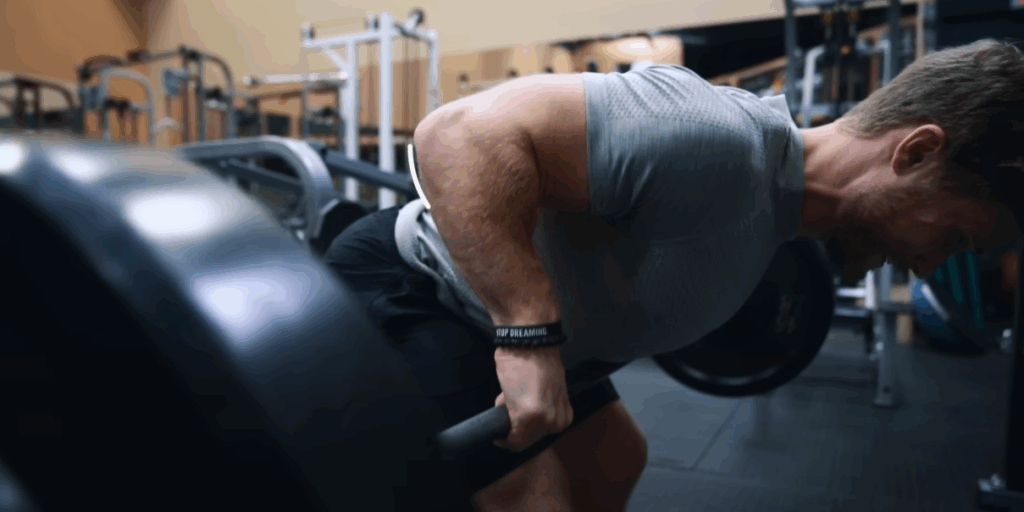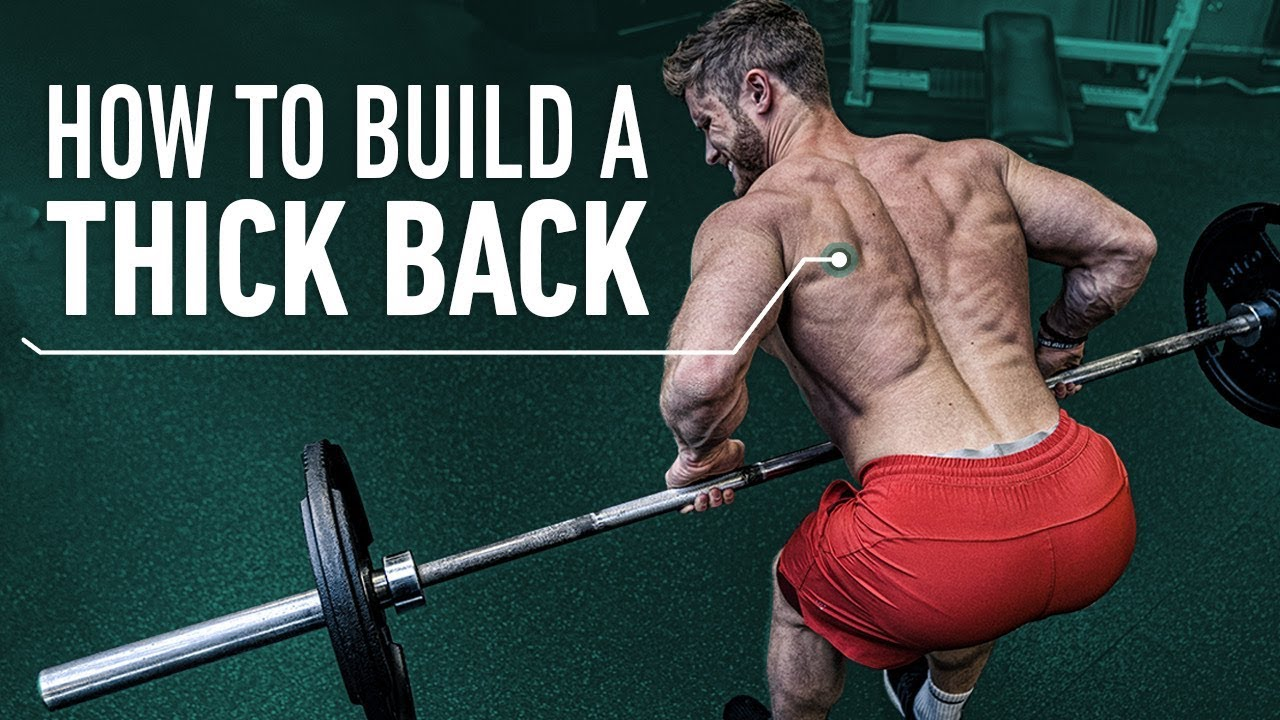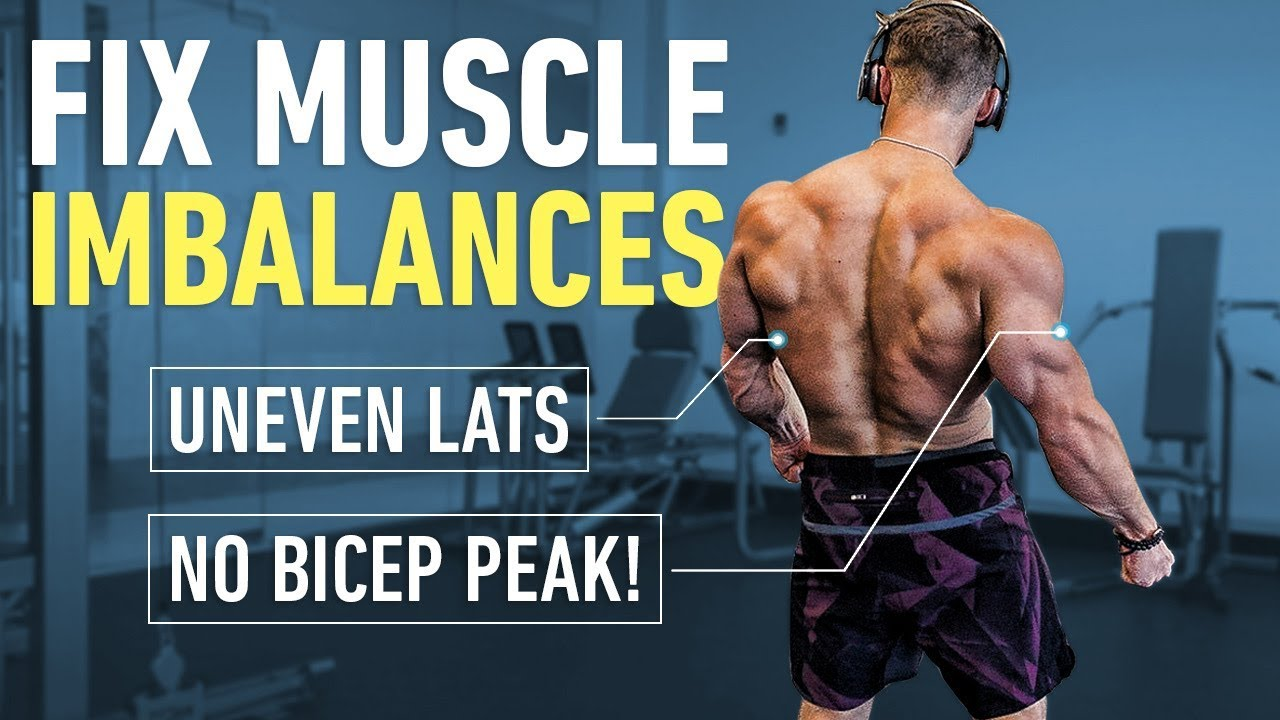Welcome to another deep dive into optimizing your training! As a coach with over two decades of experience helping individuals pack on muscle, shed fat, and sculpt powerful physiques, I’ve seen countless exercises come and go. But some movements stand the test of time, proving indispensable for comprehensive development. Today, we’re dissecting an absolute powerhouse for back growth: the Pendlay Row.
This exercise, named after legendary Olympic weightlifting coach Glenn Pendlay, originated as a tool for explosive power. However, for those of us focused on hypertrophy and strength in the posterior chain, a slightly modified approach transforms it into an unparalleled back builder. Forget flimsy back days; the Pendlay Row ensures you hit every critical muscle fiber, leaving no stone unturned in your quest for a truly dominant back.

Anatomy of a Powerful Pull: Muscles Engaged
To truly appreciate the Pendlay Row, let’s break down the mechanics and the key players involved. This isn’t just a “pulling” movement; it’s a symphony of muscle action:
- Shoulder Extension: Primarily driven by the latissimus dorsi (lats), with assistance from the long head of the triceps. This component is crucial for building the width and “wings” of your back.
- Transverse Shoulder Abduction: Engages the rear deltoids, adding thickness and improving shoulder health and posture.
- Scapular Retraction: The heavy lifting here is done by the mid-trapezius and rhomboids, contributing to upper back thickness and stability.
- Isometric Lumbar Extension: A standout feature of the Pendlay Row is the constant, static contraction of the spinal erectors throughout the movement. Your lower back is intentionally placed in a challenging, highly bent-over position, forcing these muscles to work overtime to maintain a neutral spine. This not only directly strengthens your deadlift but also enhances the overall appearance of your back by adding density and definition to the muscles running alongside your spine.
While your biceps will certainly assist in the elbow flexion, it’s vital to remember that the Pendlay Row is first and foremost a back-building exercise, not a bicep isolator. Your focus should always be on pulling with your back musculature.
Setting the Stage: Proper Setup for Maximum Gain and Safety
Before you even think about lifting, meticulous setup is non-negotiable. This is where many go wrong, jeopardizing both gains and safety.
- Barbell Preparation: Always ensure the barbell is evenly loaded with plates on both sides. Crucially, always use safety clips (collars). An unclipped bar can lead to plates shifting mid-set, creating instability and significantly increasing your risk of injury.
- Rep Range and Load: The Pendlay Row is best performed in a moderate rep range, typically 8-12 repetitions. Resist the urge to go excessively heavy. Overloading this exercise inevitably leads to form breakdown, often involving excessive leg drive and hip extension. Since your back is in a mechanically disadvantaged position, this can quickly accumulate fatigue in the lower back, potentially compromising other lifts like deadlifts later in your training week. Observe elite lifters, and you’ll often see them using less weight than you might expect for their size and strength, prioritizing strict form over ego. Aim for a high-end strength standard around 1 times your body weight in this rep zone as a challenging but achievable goal.
The Execution Blueprint: A Rep-by-Rep Breakdown
Approaching the bar for a Pendlay Row is similar to setting up for a conventional deadlift, but with key distinctions for optimal back engagement:
- Stance: Adopt a shoulder-width stance. If you have longer limbs, a slightly wider stance or external rotation of your feet may be necessary to allow your knees to clear the bar’s path.
- Barbell Position: Position the barbell over your mid-foot to toe area when viewed from the side.
- Hinging: Initiate your bend by pushing your hips back, keeping your shins relatively vertical. This ensures you’re hinging at the hips, not rounding your back.
- Grip: Use a double overhand grip, slightly wider than shoulder-width. The ideal grip width allows your upper and lower arm to form roughly a 90-degree angle at the top of the range of motion. Chalk or lifting straps can be beneficial for grip, but given the moderate loads, they shouldn’t be strictly necessary if your grip is well-trained.
- Spine Neutrality: This is paramount. Anteriorly rotate your pelvis (stick your butt out) to pull your spine into a truly neutral position. Remember, a “flat” lower back is often slightly flexed under load, which is undesirable in this bent-over position. If you can’t reach the bar from the floor without rounding, elevate the bar on plates or risers to shorten the range of motion until you can maintain a safe, neutral spine.

The Pull: Maximizing Muscle Activation
Each repetition of the Pendlay Row begins with a dead stop on the floor, allowing for a complete reset and maximizing the stretch-shortening cycle.
- Initiation: Start with your scapulae slightly protracted. Initiate the pull by driving your elbows up and slightly back, almost as if you’re trying to touch your shoulder blades together.
- Pulling Angle: Your arms should travel back at an angle of 45 to 65 degrees relative to your torso. Avoid over-tucking your elbows (which can limit trap engagement) or over-flaring them (which can take the lats out and compromise shoulder health). A balanced angle ensures even activation of the lats, traps, and rear delts.
- Contact Point: The barbell should ideally make contact with your lower sternum, around nipple level.
- Peak Contraction: At the top of the movement, consciously squeeze your shoulder blades together to maximize engagement of the mid-traps.
- Controlled Descent: Lower the bar with control, maintaining scapular retraction until the plates are just a few inches from the ground. Then, allow your shoulder blades to protract as the plates come to a full, complete dead stop on the floor. While some opt for a controlled “touch and go” to maintain constant tension, the true Pendlay row emphasizes the dead stop to force a powerful, fresh pull on every rep.
Throughout both the concentric (pulling up) and eccentric (lowering down) phases, relentlessly maintain that isometric contraction in your lumbar spine to keep your lower back neutral. Keep your head in a neutral position as well; excessive neck flexion or extension can disrupt scapular retraction and hinder overall lift mechanics.
Common Pitfalls and Smart Solutions
Even with the best intentions, lifters often make common errors that compromise the effectiveness and safety of the Pendlay Row:
- Going Too Heavy: This is the cardinal sin. Most form breakdowns stem from simply loading too much weight. Strip back the weight and prioritize flawless form. Remember, true progressive overload comes from consistent form with increasing load, not just adding weight at any cost.
- Excessive Leg/Hip Drive: If your torso is rising significantly or you’re using a strong hip thrust to get the weight up, you’re transforming it into something other than a pure back exercise. For maximizing lat development, your chest should remain close to parallel with the floor throughout the range of motion. If you can see the lettering on your shirt in a mirror at the top of the rep, your chest is likely rising too much.
- Compromised Range of Motion: While there are exceptions, studies generally show that full ranges of motion are superior for maximizing both strength and size. Don’t shortchange your gains by cutting the movement short.
The Helms Row: A Valuable Alternative
For individuals who struggle with controlling leg drive or maintaining a strict torso angle on the Pendlay Row, the Helms Row is an excellent substitute. This variation involves positioning your upper chest against an incline bench (using a towel or knee sleeves for comfort). You still aim for a nearly ground-parallel back angle, but you’ll use dumbbells.
The Helms Row forces your chest to stay pinned, eliminating unwanted body english. While it might lean slightly more towards a lat-dominant row due to the typical pulling angle, you can still effectively engage your mid-traps by focusing on scapular retraction. One potential drawback is reduced spinal erector engagement compared to the Pendlay Row, as you lose that challenging isometric lumbar contraction. If you don’t regularly squat or deadlift, this might be a consideration.

Final Thoughts: A Cornerstone for Back Development
In my opinion, if executed properly, the Pendlay Row is an absolute must for anyone serious about maximizing their back development. It’s a comprehensive exercise that simultaneously builds width, thickness, and spinal erector strength. It demands precision and respect, but the rewards are a powerful, injury-resilient, and visually impressive back.
Master this movement, and you’ll lay a cornerstone for a truly dominant physique.



